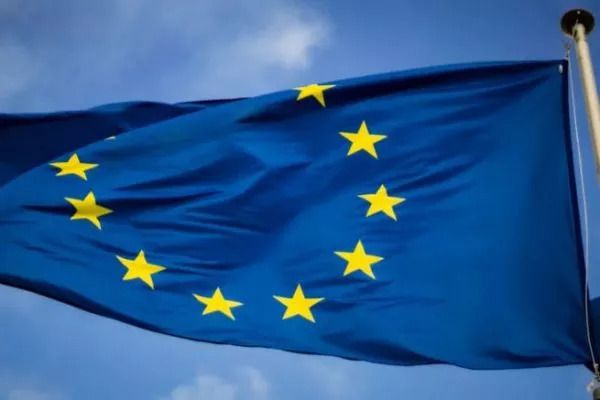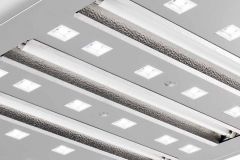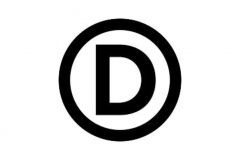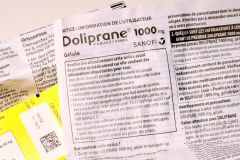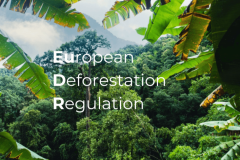On November 26, the European Parliament voted on a series of adjustments to the regulation on deforestation (LARUE or EUDR). These include a one-year postponement of its application, and above all, the MEPs introduced a controversial provision: the total exclusion of printed products from the scope of the regulation. A decision that immediately provoked reactions from the graphics industry.
Intergraf reacted today. The association, which federates 22 national industry associations in 21 European countries, said it had never applied for this exemption, preferring to defend compliance methods that are compatible with industrial realities and reaffirms its commitment to the objectives of the EUDR and the fight against deforestation.
A loophole in the environmental control of imported printed matter
The trade organization stresses that this exemption only concerns printed products. Raw paper, whether of European or imported origin, would remain subject to the regulations. Consequently, printed products produced in the European Union would automatically remain within the scope of application. Conversely, imported printed products such as books, magazines, leaflets and labels would no longer be checked against forest sustainability criteria.
This asymmetry raises fears of a regulatory loophole. "This would create a major environmental breach and damage European consumer confidence." warns Intergraf. The association fears unbalanced competition, with non-European printers able to use paper from untraceable sources, with no obligation for transparency.
Beatrice Klose, General Secretary of Intergraf, also complains of persistent legal uncertainty. "Recent political developments have weakened our members' compliance efforts, and their confidence in the regulatory process." she declares, while calling for implementation to focus on the company bringing the product to market.
Efforts already underway in the graphics chain
Ulrich Stetter, President of Intergraf, emphasizes the investments already made by companies in the sector. "Our companies have devoted a great deal of time and resources to preparing in good faith" he stresses, calling for a pragmatic, practice-oriented application. He believes that a realistic framework for downstream operators would enable the regulation to be applied without compromising its effectiveness.
According to Intergraf, practical implementation could be finalized by April 2026, to avoid a competitive imbalance. It insists on the importance of not stigmatizing printed products, which are regularly wrongly suspected of contributing massively to deforestation.
Negotiations underway ahead of the December deadline
The European Parliament must now begin discussions with the Council and the Commission. An agreement must be reached before the end of the year to allow adoption of the postponement and any perimeter modifications. A final vote is scheduled for the week of December 15.
As it stands, the text envisages an entry into force date of December 30, 2026 for large companies and June 30, 2027 for SMEs. For Intergraf, it is imperative that the final version of the regulation retains clear requirements for all players, including importers of finished products.
